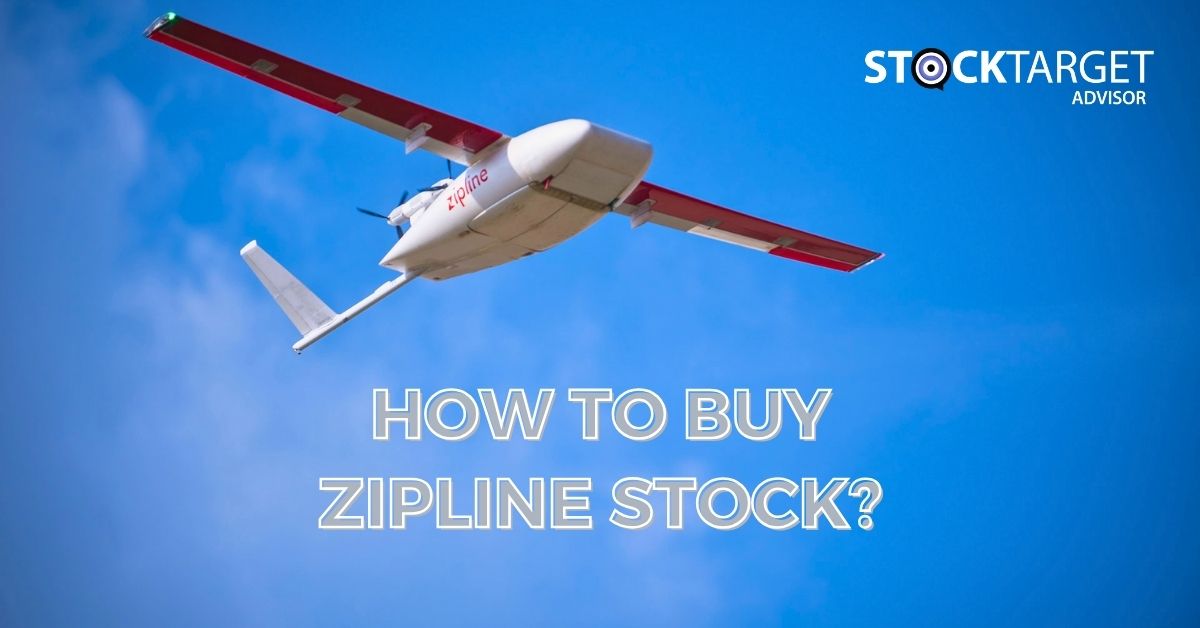Investing in innovative companies like Zipline can offer exciting opportunities for investors looking to diversify their portfolios. Zipline is a cutting-edge company that specializes in drone delivery services for medical supplies, making it a compelling prospect in the fintech sector. In this article, we’ll provide an in-depth guide on how to buy Zipline stock and explore various aspects of the company’s operations, risks, and rewards.
An Overview of Zipline:
Zipline, founded in 2014, has revolutionized the healthcare supply chain by using autonomous drones to deliver medical essentials to remote and hard-to-reach areas. Based in San Francisco, California, Zipline operates in several countries, including Ghana, Rwanda, and the United States.
The company’s mission is to save lives and improve access to medical care, making it a socially responsible investment option. Zipline’s impressive growth and innovative approach have attracted attention from investors worldwide.
Zipline’s Financial Performance:
Due to its private status, Zipline’s financial data may not be readily available to the public. However, Zipline has achieved a remarkable milestone by boosting its valuation to $4 billion. This impressive valuation reflects not only the company’s potential but also its current financial health and growth prospects. This is a clear indicator of investor confidence in the company’s financial stability and growth potential. The fact that Zipline has achieved this valuation indicates that it is well-positioned to continue expanding its operations and reach in the drone delivery market.
How Does Zipline Make Money?
Zipline generates its main revenue through contracts and partnerships with healthcare providers, governments, and non-governmental organizations (NGOs). These entities rely on Zipline’s drone delivery services to transport essential medical supplies, such as blood, vaccines, and medications, to remote and underserved areas.
The company charges fees for its delivery-as-a-service model, which has gained recognition for its efficiency and impact on improving healthcare access in challenging terrains. This revenue model serves as a significant income source for Zipline.
In the United States, Zipline has partnered with notable companies like Walmart (WMT: NYE) and Sweetgreen (SG: NYE). Walmart, a prominent retail giant, is currently in the testing phase of utilizing Zipline’s P1 deliveries in Arkansas. The potential success of this trial will determine whether the service will be expanded nationwide.
Similarly, Sweetgreen, a restaurant chain that focuses on salads, has implemented Zipline’s P2 system for its operations. These partnerships highlight the versatility and effectiveness of Zipline’s services in meeting the diverse needs of different industries.
An Indirect Approach to Invest in Zipline:
Zipline is a private company, and its stock is not publicly traded on stock exchanges. Therefore, it’s important to note that you cannot directly buy Zipline stock through traditional stock trading platforms. Zipline has raised funding from private investors and venture capital firms.
When considering investment opportunities in Zipline, it’s worth noting that there are indirect ways to own a piece of the company. Two notable entities that have participated in multiple funding rounds for Zipline are Alphabet and Goldman Sachs.
1. Alphabet:
Alphabet Inc. (GOOG: NYE) widely recognized for its search engine, Google, and streaming platform, YouTube, has a venture capital arm called Google Ventures (GV). Although GV’s extensive portfolio contains hundreds of companies, Zipline is among them. This association means that if you buy Alphabet stock, you indirectly own a small share of Zipline.
2. Goldman Sachs:
Goldman Sachs (GS: NYE) has also participated in funding rounds for Zipline. Therefore, shareholders of Goldman Sachs possess a small indirect stake in Zipline. However, it’s essential to keep in mind that Goldman Sachs is a massive company with a market capitalization of approximately $100 billion. Even if Zipline experiences significant success, the impact on Goldman Sachs shareholders is likely to be minimal. As such, individuals investing in Goldman Sachs should prioritize evaluating the core business operations of the company before considering any secondary investments.
Analyzing the Risks and Rewards of Investing in Zipline:
Investing in Zipline offers the potential to be part of a company that is poised to disrupt the healthcare logistics industry. With its innovative drone delivery services, Zipline can revolutionize the way essential medical supplies are transported.
Zipline’s expansion into new markets and partnerships signifies growth potential. As the company continues to secure contracts with governments and healthcare providers globally, investors may benefit from the opportunities arising from this expansion, potentially leading to increased revenue and market presence.
One of the challenges of investing in Zipline as a private company is the limited availability of public financial information. Investors may have restricted access to critical financial data, making it challenging to assess the company’s financial health and performance accurately.
Zipline’s operations extend across different countries, each with its own regulatory framework. Navigating these regulatory challenges can be complex and may impact the company’s ability to expand into new markets or adapt to evolving regulations effectively.
Conclusion:
Investing in Zipline can be an exciting prospect for those interested in fintech. While direct stock purchases are currently unavailable, investors can explore indirect avenues and stay informed about any potential IPOs. Keeping a close watch on developments and potential IPO plans is key for those interested in understanding how to buy Zipline stock.
Muzzammil is a content writer at Stock Target Advisor. He has been writing stock news and analysis at Stock Target Advisor since 2023 and has worked in the financial domain in various roles since 2020. He has previously worked on an equity research firm that analyzed companies listed on the stock markets in the U.S. and Canada and performed fundamental and qualitative analyses of management strength, business strategy, and product/services forecast as indicated by major brokers covering the stock.































